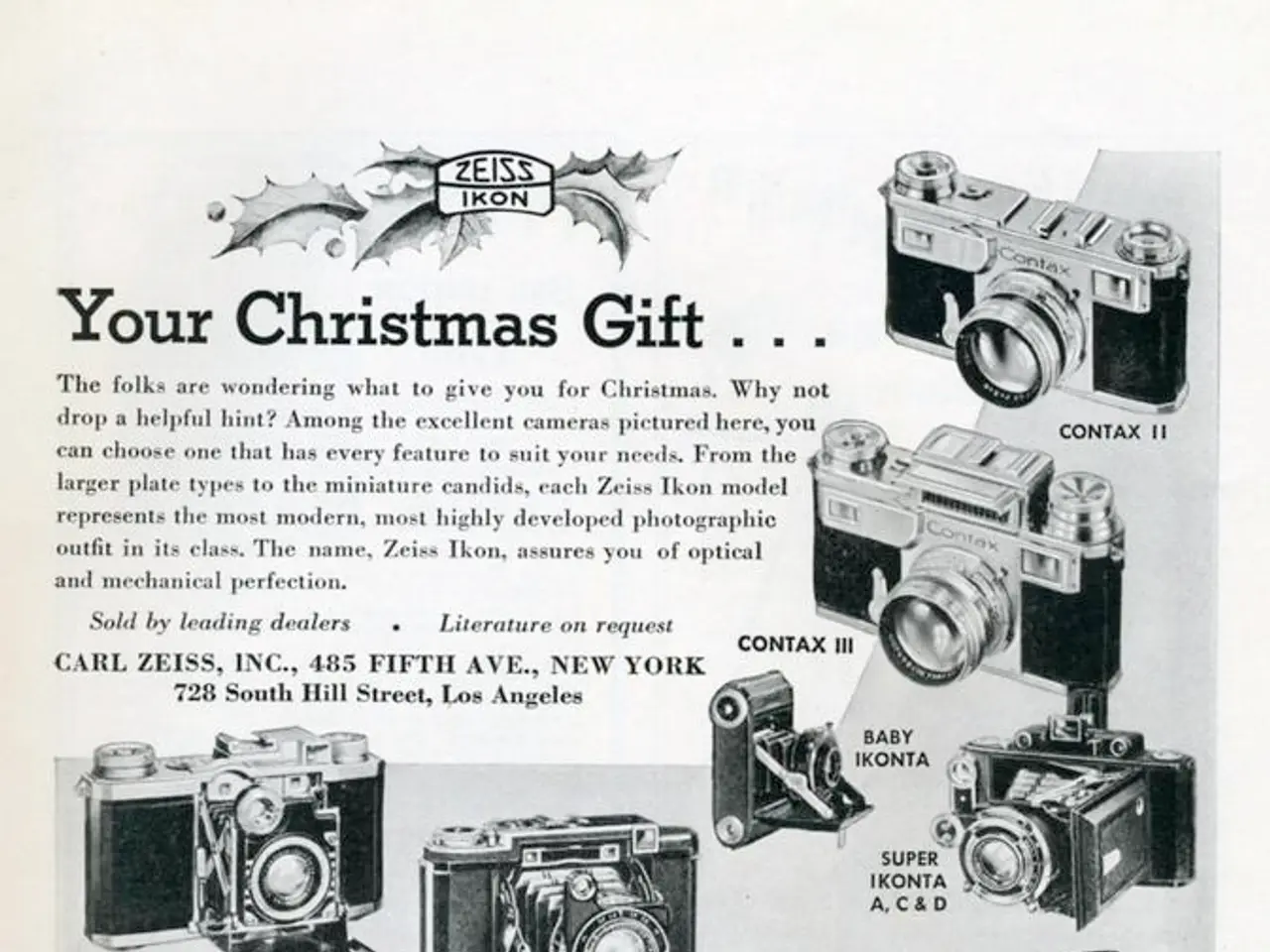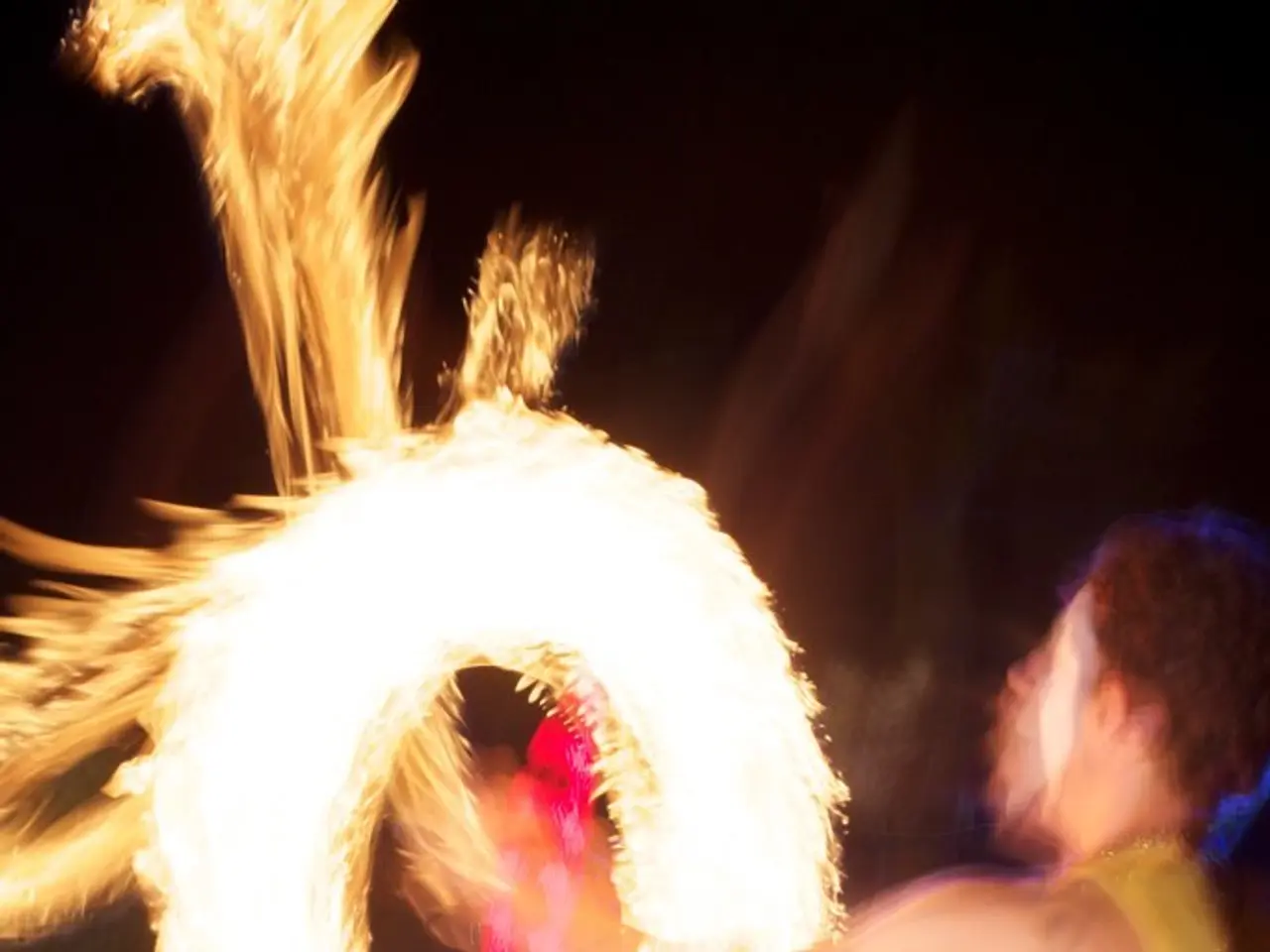Exploring the Extreme Range: Just How Far Does a .338 Lapua Magnum Bullet Travel?
The .338 Lapua Magnum is a powerful cartridge that has gained popularity among military and civilian shooters alike for its exceptional long-range performance. Designed in the 1980s as a joint effort between Lapua, SAKO, and Accuracy International, this caliber was created to outperform other common sniper rounds, such as the .300 Winchester Magnum and .308 Winchester.
One of the key advantages of the .338 Lapua Magnum is its balance of power, portability, and practicality. Compared to the .50 BMG, it offers a more manageable platform for long-range shooting, while still delivering impressive performance. This balance has made it a go-to choice for competitive shooters, who have demonstrated its accuracy at extreme distances, consistently hitting small targets beyond 1,000 meters.
Military snipers have also found success with the .338 Lapua Magnum, engaging targets at distances exceeding 1,500 meters in combat situations. In fact, it is not uncommon for skilled shooters to hit targets with a high degree of accuracy out to 1,500 meters using a well-maintained rifle and high-quality ammunition.
The .338 Lapua Magnum's effectiveness extends to practical shooting at ranges from about 1,300 to 1,600 meters. It is popular in extreme long-range (ELR) competitions and military sniper applications where high accuracy beyond typical hunting or battle rifle calibers is required.
Precision rifles chambered in .338 Lapua Magnum, such as the Sako TRG M10, demonstrate factory-verified accuracy around 1 MOA (minute of angle), which supports consistent shot placement at these extreme distances. High-powered, variable magnification scopes with advanced features are typically used with .338 Lapua Magnum rifles for long-range shooting, with optics featuring magnification ranges from 7x to 35x and features like parallax adjustment being well-suited to enable effective targeting in this range bracket.
However, shooting a .338 Lapua Magnum at very long ranges comes with ethical considerations. It is essential to ensure a clean and quick kill when hunting, and to minimize the risk of collateral damage and unintended harm in other applications.
Advances in rifle technology, such as improved barrel manufacturing processes and more precise trigger mechanisms, will further enhance the .338 Lapua Magnum's accuracy. Additionally, the development of even higher ballistic coefficient bullets will enable the .338 Lapua Magnum to maintain supersonic flight for even greater distances, reducing the effects of wind drift and bullet drop.
Comprehensive training that combines theoretical knowledge with practical experience is crucial for anyone interested in shooting a .338 Lapua Magnum at long ranges. Formal instruction on ballistics, wind reading, range estimation, and marksmanship fundamentals is essential for achieving the best results.
In summary, the .338 Lapua Magnum is a powerful and precise choice for long-range shooting, bridging the gap between typical sniper calibers like the .308 Winchester and heavier rounds like the .50 BMG. With ongoing research and development pushing the boundaries of its performance, the .338 Lapua Magnum is sure to remain a popular choice for competitive shooters, military snipers, and long-range shooting enthusiasts for years to come.
Gadgets like high-powered, variable magnification scopes with advanced features are often used in conjunction with .338 Lapua Magnum rifles for long-range shooting, incorporating technology to ensure accurate targeting at extreme distances.
The development of technology, such as improved bullets with higher ballistic coefficients, will allow the .338 Lapua Magnum to maintain supersonic flight for longer distances and further enhance its accuracy.




